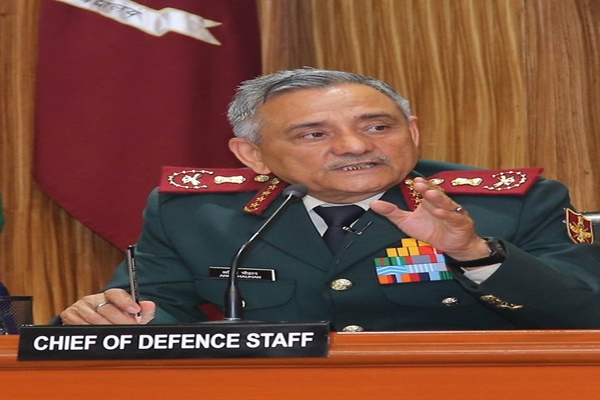India’s Defence Ministry has accelerated the process of creating integrated theatre commands, a major reform aimed at bringing the Army, Navy, and Air Force under unified operational leadership. The move has picked up momentum after the lessons drawn from Operation Sindoor, which underlined the importance of seamless inter-service coordination.
Chief of Defence Staff General Anil Chauhan, who is leading the drive for jointness, has emphasised that Operation Sindoor served as a real-time demonstration of how coordinated land, air, and maritime operations can significantly enhance mission effectiveness. He noted that the structure of future warfare will demand faster decision-making, integrated intelligence, and unified command systems – all achievable through theatre commands.
As part of the reform, the government is working on establishing multiple theatre commands, including a northern theatre focusing on the China border, a western theatre aimed at Pakistan-facing sectors, and a maritime theatre command to consolidate naval and coastal operations. General Chauhan has stressed that these commands will enable quicker responses and sharper operational planning in high-pressure scenarios.
To support the transition, the recently implemented Inter-Services Organisations Act grants theatre commanders clearer authority over personnel from all three services. This legal framework is considered a crucial step in making unified commands operationally effective.
While the Army and Navy have largely aligned with the restructuring, discussions continue within the Air Force regarding command roles and resource management. General Chauhan has reiterated that India’s theatre model will be uniquely designed to suit national requirements rather than replicating foreign structures.
Despite internal deliberations, the Defence Ministry is confident that the reform is on track. With political backing and the CDS personally steering the integration process, the establishment of India’s first theatre commands appears closer than ever. The government aims to create a defence architecture that is more agile, tech-driven, and capable of addressing multi-domain threats efficiently.
